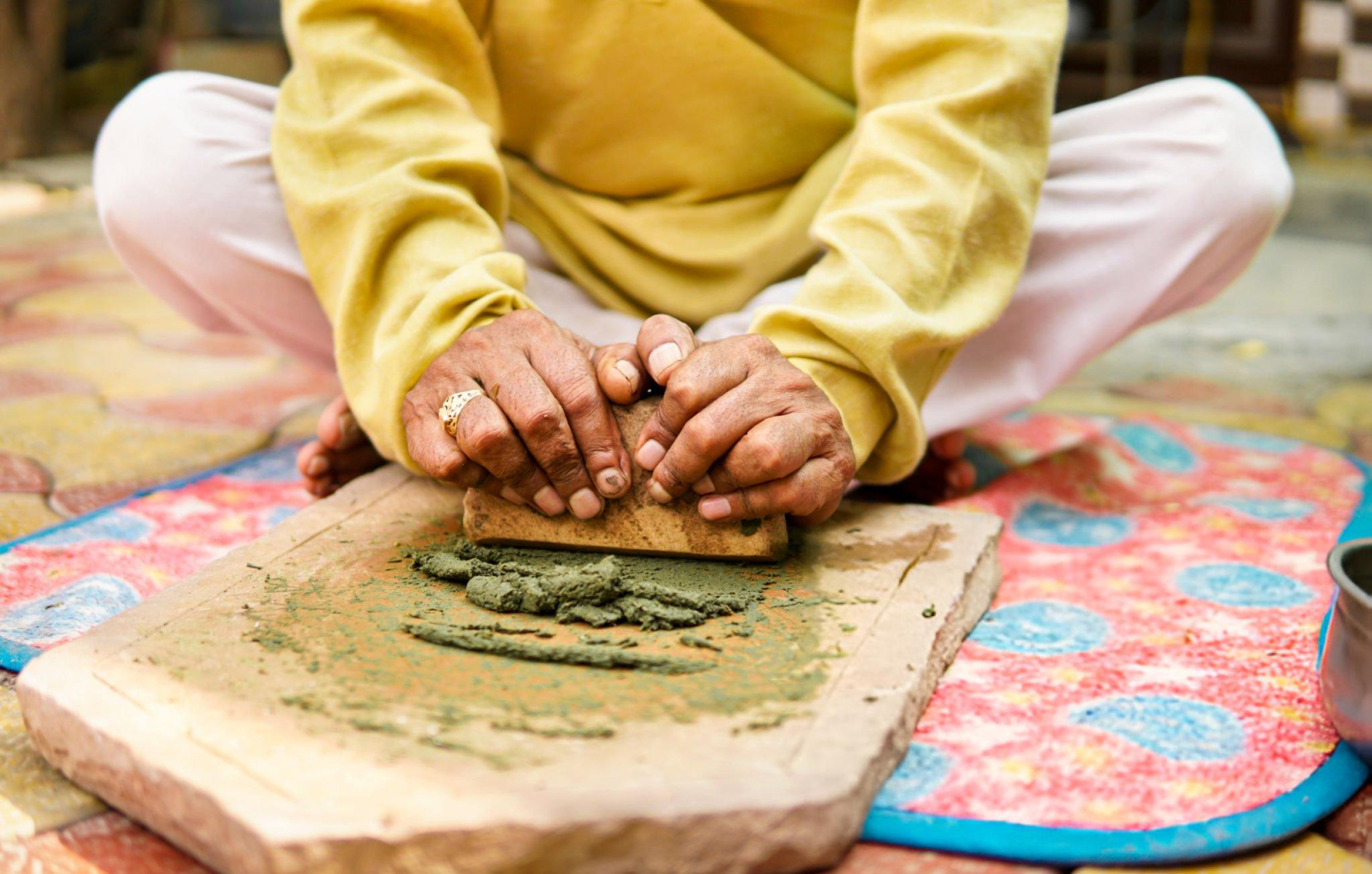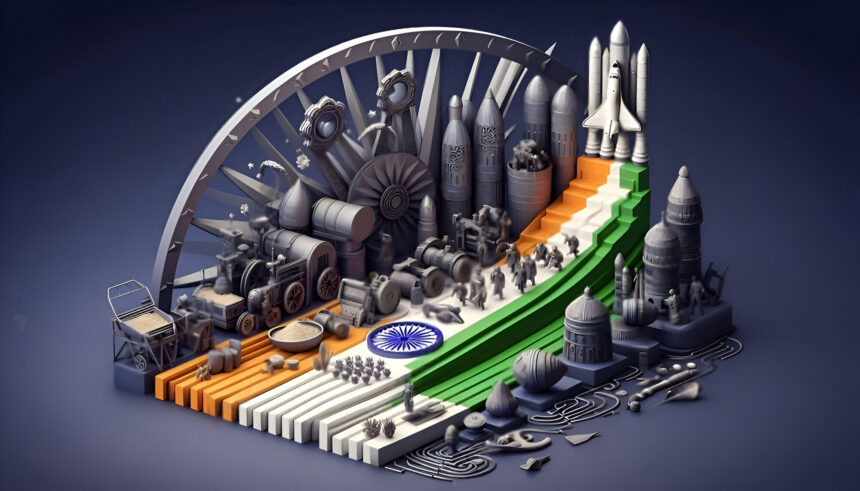India’s contribution to science and technology dates back thousands of years, making it one of the earliest civilizations to pursue knowledge across diverse fields. From astronomy to metallurgy and medicine to mathematics, ancient Indian science and technology laid the foundation for many modern advancements.
In this blog post, we delve into the key scientific discoveries and technological innovations of ancient India that continue to inspire the world.
1. Ayurveda: The Oldest Medical System
Ayurveda, the traditional Indian system of medicine, is over 3,000 years old and still practiced today. Ancient texts like the Charaka Samhita and Sushruta Samhita describe detailed treatments for various diseases, surgeries, and anatomy.

Key Highlights:
-
Sushruta, known as the “Father of Surgery,” documented over 300 surgical procedures.
-
Techniques like plastic surgery, cataract removal, and cesarean section were practiced centuries ago.
2. Mathematics: The Zero Revolution
India’s contribution to mathematics is profound. The concept of zero (0) as a number was first recorded in ancient India by Aryabhata and later expanded by Brahmagupta.
Key Contributions:
-
Decimal system
-
Algebra and trigonometry
-
The value of pi (π) was calculated to several decimal places
-
Fibonacci numbers were known as Virahanka numbers
3. Astronomy: Mapping the Cosmos
Indian astronomers developed advanced theories about planetary motion, eclipses, and timekeeping.
Notable Figures:
-
Aryabhata (5th century CE): Proposed that the Earth rotates on its axis.
-
Bhaskara I and II: Developed accurate astronomical models and calculus-like methods.
4. Metallurgy: Advanced Engineering Skills
Ancient Indian metallurgy was remarkably advanced, evident in structures like the Iron Pillar of Delhi, which has resisted corrosion for over 1,600 years.

Other Innovations:
-
Wootz steel: The precursor to modern Damascus steel.
-
Gold and silver extraction techniques were sophisticated and environmentally conscious.
5. Architecture & Engineering: Temples and Cities
The architectural wonders of India, such as Ellora Caves, Konark Sun Temple, and Rani ki Vav, showcase precision engineering and knowledge of civil mechanics.
Highlights:
-
Vastu Shastra: An ancient Indian science of architecture.
-
Water management systems in cities like Mohenjo-daro and Dholavira.
6. Linguistics & Grammar: Structure and Precision
The world’s first formal system of grammar was created by Panini, who authored the Ashtadhyayi around 500 BCE.
Achievements:
-
Foundation for computational linguistics
-
Advanced understanding of phonetics and morphology
7. Textiles & Dyeing: Organic Chemistry in Practice

Ancient India had a flourishing textile industry. Natural dyeing methods, cotton processing, and intricate weaving techniques were developed centuries before modern chemistry.
Why Ancient Indian Science Still Matters
Understanding ancient Indian science and technology helps us appreciate:
-
The ingenuity of early civilizations
-
The sustainable methods used in engineering, medicine, and agriculture
-
The global impact of Indian innovations










